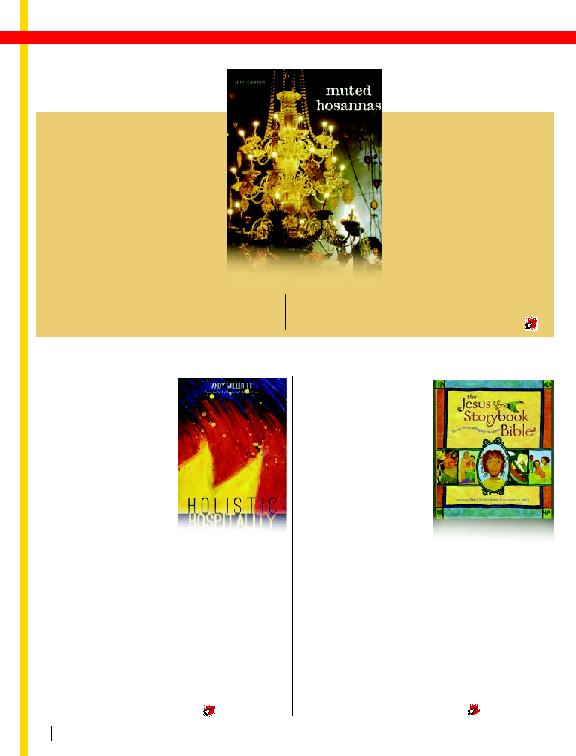
an imperative from the Apostle
Paul, "practice hospitality," in
the context of The Salvation
the lens of true Christian hos-
pitality. Having preached and
taught extensively on hospitality,
his theories are both biblically
rich and historically based. Gen-
leds at his corps in Arlington,
advisory council, the staff and the people served through
the corps' ministry--for one purpose: to refresh the minis-
try of the family shelter in Arlington. In the book, Miller ex-
plains how the practice of hospitality is rooted in Scripture
and tradition. Then, he examines the Army's historical and
theological background and analyzes the evolution of Salva-
tion Army ministry. He proposes holistic hospitality as the
bridge that can take the Army forward into the future.
Salvation Army, says, "More than theory, what Captain
transformative. This is a priority read." Major Ward Mat-
thews says, "This is a must-read for anyone who has ever
struggled with connecting social services and evangelism."
Sally Lloyd�Jones, a leading
writer of inspirational chil-
dren's books and author of
Bibles, and Jago, an accom-
plished illustrator who has
several prestigious awards to
his name, teamed up to cre-
ate the award�winning book.
from the Old Testament and
the New Testament writ-
ten in an engaging narrative
style and illustrated with vi-
brant, eye-catching pictures.
how God loves His children and comes to rescue them." Every
story in the book is vividly and poetically portrayed, inviting
and Isaac; "The young hero and the horrible giant," the story
Supper; and many, many more. Lloyd-Jones' instructive yet
entertaining writing paired with Jago's whimsical illustrations
make an attractive and age�appropriate gift for a young one.
ing children and adults alike see the Jesus�centered storyline
in the Bible.
lovely collection of poetry
grand moments of spirituality alike.
Instead, he became a Salvation Army
officer and a pastor. Writing sermons
was his favorite part of the job. It wasn't
until about 10 years ago that Carter
has developed his talent ever since.
book is divided into three parts: "Holy
Land," "Advent to Pentecost," and "Haiku." The theme
of part one is a trip Carter and his wife took to Israel
and Palestine, where Carter recorded his experiences
and Golan Heights through words
and photographs. Part two is
roughly arranged according to the
ginning with Advent and ending
at Pentecost. Part three is com-
of Japanese poetry). Here, Carter
endeavors to translate Scripture
into haiku. These small poems
relate to the Bible and often to
the natural world, as well.
and form. Drawing from Scrip-
ture, history and personal experi-